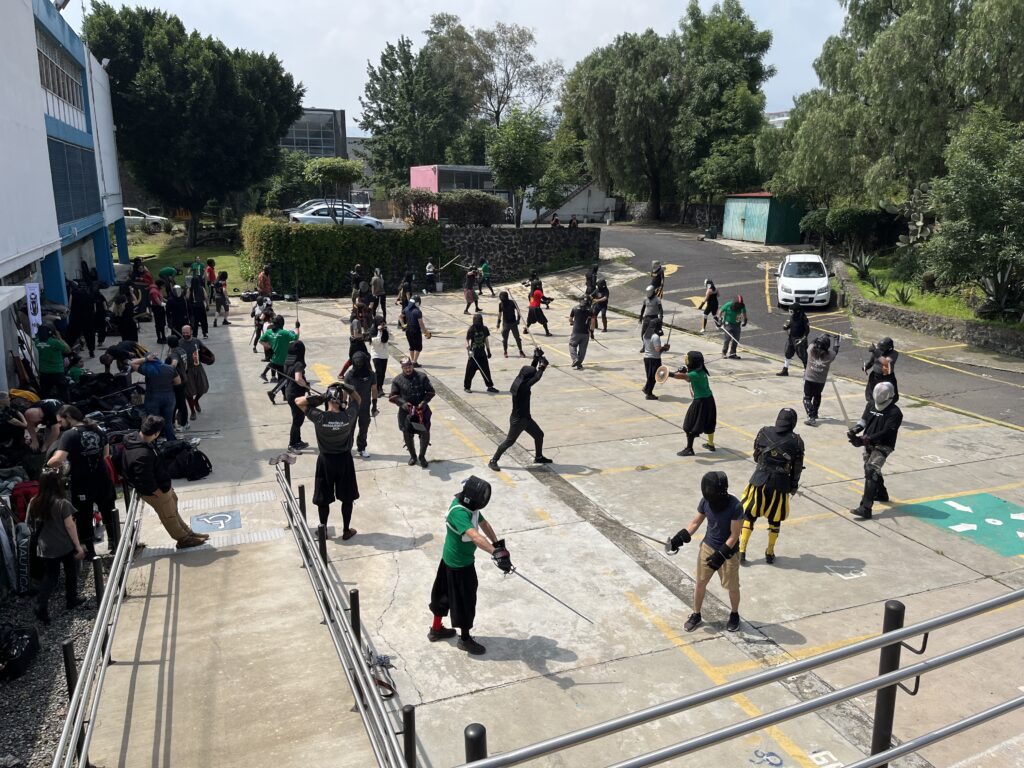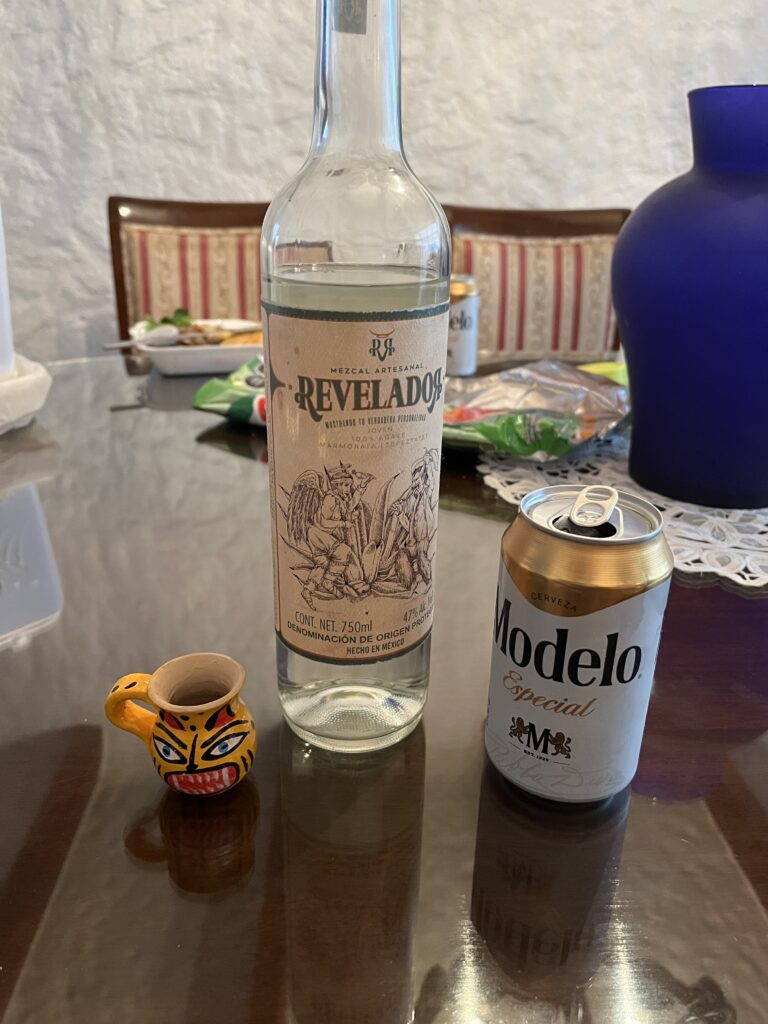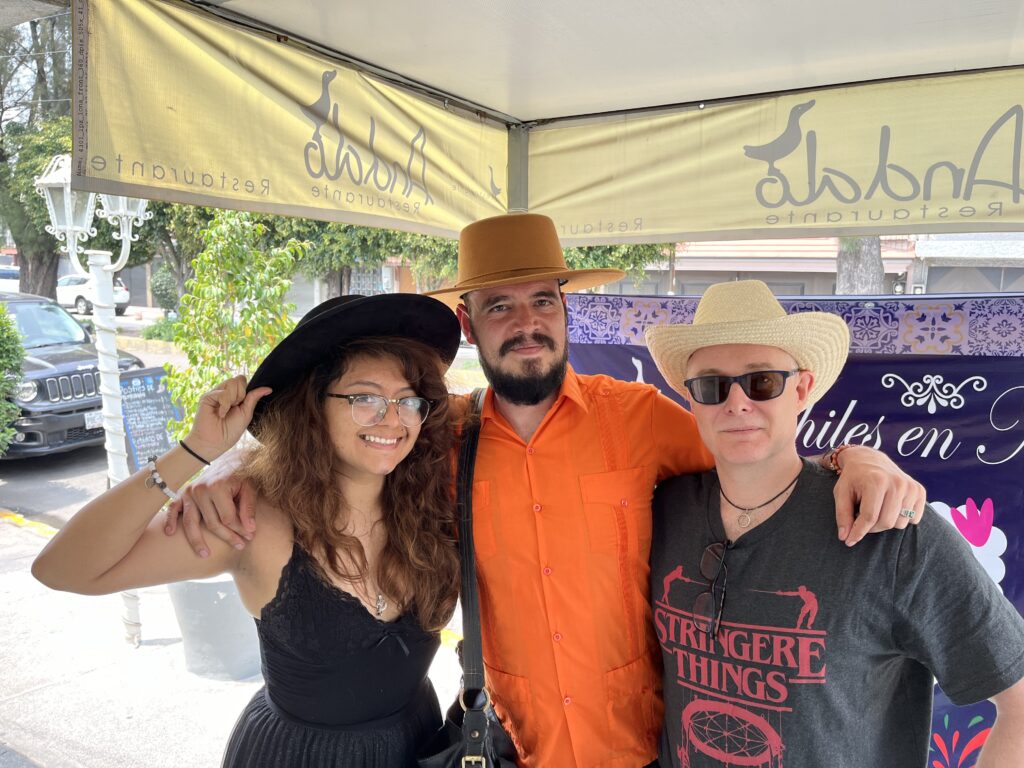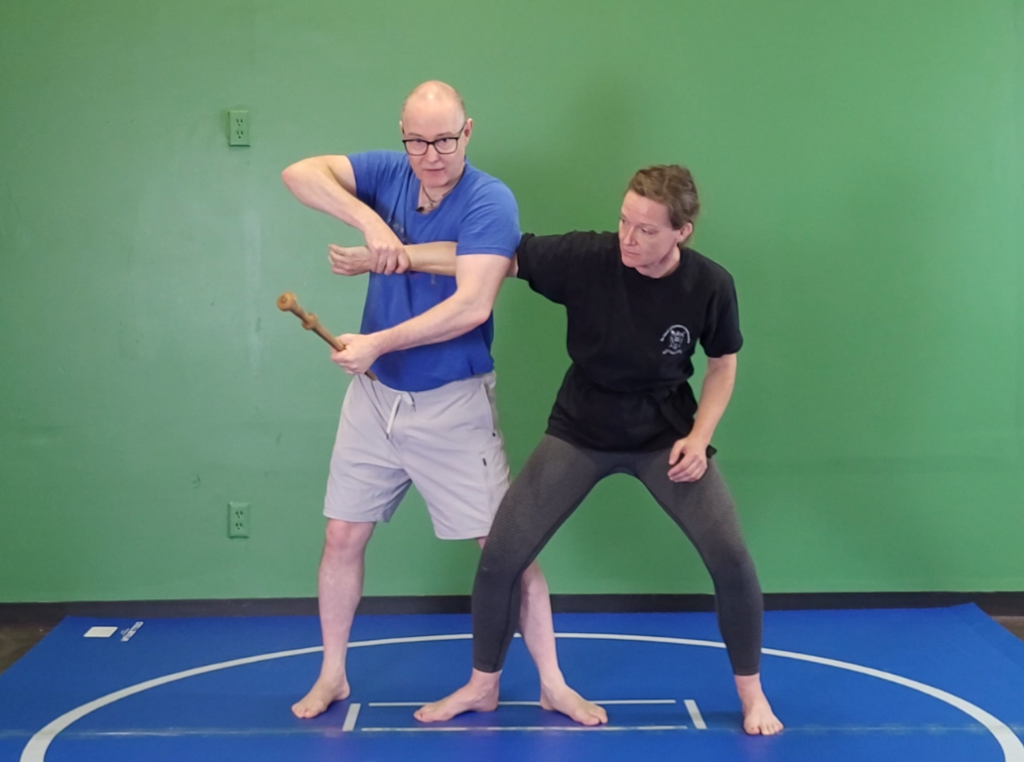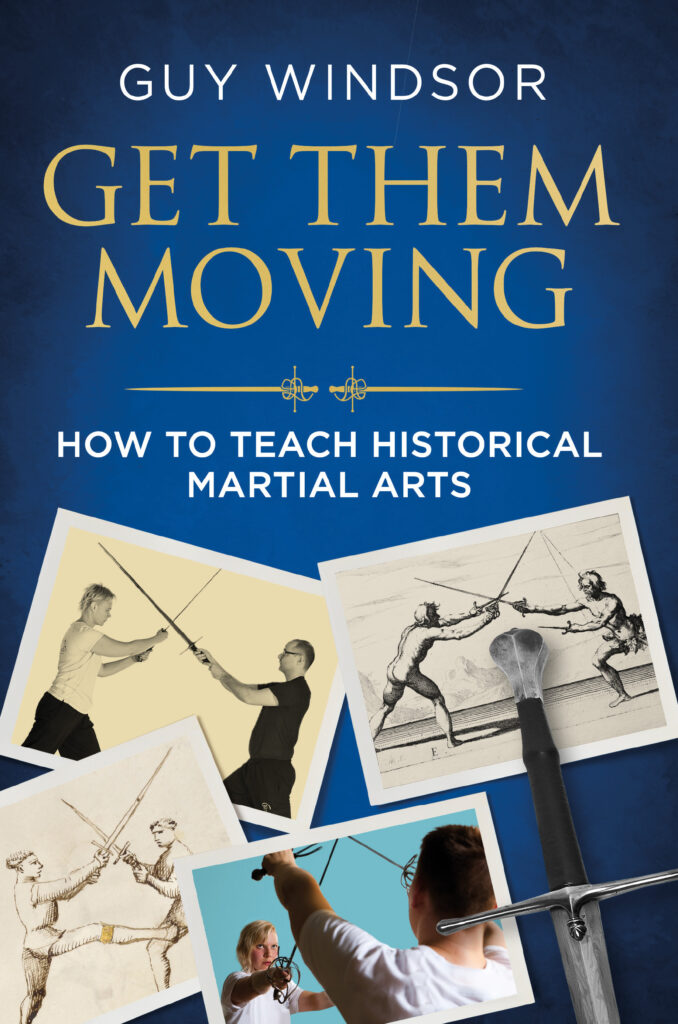This is supposed to be a review of the Panoplía Iberoamericana, which I attended over the weekend, teaching several workshops. The event was excellent, a complete delight to attend and teach at. But my hosts here have gone the extra thousand miles to show me the best of their city and culture, and the only way I can think to keep things straight is to just take it in order.
I’ll skip over the food entirely, because it deserves and will get its own separate post. Let me just say that Mexican food outside Mexico can be fabulous, but the sheer breadth of dishes that I’d never even heard of but which blew me away makes me think that I don’t know Mexican food at all. Pozole. Chile en Nogado. Tetelas de Chapolines. And on and on.
I’m writing this in a slight lull in what has been a whirlwind few days. I arrived in Mexico City last Wednesday night, and spent Thursday visiting (after a breakfast of enmoladas, oh my goddess) an extraordinary presidential private collection of guns and other weapons (no photos allowed), and the utterly stupendous Anthropological Museum. I had no idea of the complexity of pre-conquista Mexican cultures. We think of the Aztecs and the Mayans, but honestly that’s like tacos and burritos. The most famous of a very broad range. It would take a week or more to properly absorb this museum, so I’ll stick with two highlights.
The stunning Sun Stone:
This thing is huge- so big that you could put it on the ground and have a sword fight on it. Which is apparently what it was used for! Sacrificial gladiatorial combat. It’s so much a part of Mexican identity that it’s on the 10 peso coin.
And I had no idea about the Codices of the Mixtec people (or even that the Mixtecs themselves existed). These are folded-up parchment documents that have a kind of pictographic writing on them. Sadly no fighting manuals, but a written record of aspects of their culture.
Table of Contents
ToggleThe Panoplía Itself
The Panoplia began on Friday, and I did my usual thing of talking to lots of people, working with anyone who asked on whatever they were interested in, signing a lot of books (hurrah!), and I also led a discussion on balancing academic rigour with fencing skill. In other words, balancing knowledge, and skill development. It’s something I think every historical fencer should think about, and decide for themselves where they want to focus. There is room in the Art for pure academics, and pure competitive fencers. And pure “train to win real swordfights”. Most of us lie somewhere in the middle.
Saturday began for me with an impromptu bit of smallsword with Neuro, Arturo, and Leon. It started with me showing them some stuff from Angelo, and ended with a very friendly bit of light fencing. Which set me up perfectly for my longsword mechanics class. It was rather full (about double the signed-up students actually attended). My goal with mechanics classes is to get everyone moving better than they were before, and to generate at least one significant ‘aha!’ moment. I think we managed it. (I’m still waiting for the class photos- if you took one, please send it to me!)
After lunch (oh my goddess) I had my Capoferro rapier mechanics class, which was a bit smaller, and started with everyone present, so it was easier to build the experience for the students. I saw many, many, eyes flashing wide as something tiny and apparently trivial made all the difference in how the sword functioned. It was extremely satisfying!
This was followed by the official event party, which was held in the Hacienda de Cortes.
I mean, really.
I was a bit of a party pooper, going home at about 1.30am. And on Sunday morning my hosts and I were (we thought) a bit early getting to the event. It was the free-fencing not-tournament process that the event’s godfather Pedro Velasco uses (which you may recall from the Panoplia Iberica, in December 2023). But it turns out that after an evening of Mezcal, beer, wine (thanks again, Carlos!) these folk were hard at it in the sunshine:
Personally, I needed a bit of maintenance so I found a quiet shady spot and did some physio, stretching, breathing form, and push-ups. I then got chatting to a group lead by one of the instructors (Gaute Raigorodsky) about Fiore mechanics. At one point I said ‘get some swords, let’s try it’ which inevitably lead to an hour or so of mechanics training in another shady spot. You can go much deeper with a small group that already know the basics.
And then the Panoplía was over… except for the after-party. Oh my god, the Mezcal!
Post-Panoplía “recovery”
Monday started nice and slow with my lovely hosts Elena and Eduardo taking me to breakfast (which alone deserves a post of its own). Here we are: nice to know that I’m not the only hat wearer! My Mexican sun hat was a gift from my hosts.
(my very witty t-shirt is by the excellent Stephan Eichelmann).
After which we went to find the elusive Axolotl in the extraordinary lagoons of Xochimilco.
And we did!
Then on Tuesday it was off to see one of the wonders of the world: the pyramids of Teotihuacan. Words fail me.
I rounded off Tuesday evening by teaching a Fiore mechanics class for Jorge Chavez and Eduardo Mayeya's club Arthenea. It was rather off-the-cuff: we decided to do it in the car on the way to the pyramids. But I think it was well received.
The organisers of the event (in no particular order), Jorge Chavez, Ana Tavera, Eduardo Mayeya, and Pedro Velasco have done an amazing job putting together the first (and I really hope not the last) of the Mexican edition of the Panoplía, and an even better job of looking after their guests. What a place. What people. Oh my. Muchisimas gracias a todos!
And a final note: if you have photos of my classes from the event, please send them to me to incorporate into this post. Thanks!





